Growing citrus trees can be a lot of fun – but it really helps to be slightly obsessed about them. Sometimes, they can be a pain in the keister, but when they flower, that fragrance in your house will knock you out (in a good way).
Jump to:
- Which Citrus Trees Should I Grow Indoors?
- Keeping the Citrus Tree Alive In Winter
- Leaf Drop Due to Low Humidity
- Use Grow Tents to Overwinter Citrus Trees
- Grow Lights
- Fertilizing a Citrus Tree
- Pollinating an Indoor Citrus Tree
- Harvesting
- Put Potted Citrus Trees Outdoors in Summer
- Common Pests and Diseases of Citrus Trees
- Growing Citrus Trees from Seed
Which Citrus Trees Should I Grow Indoors?
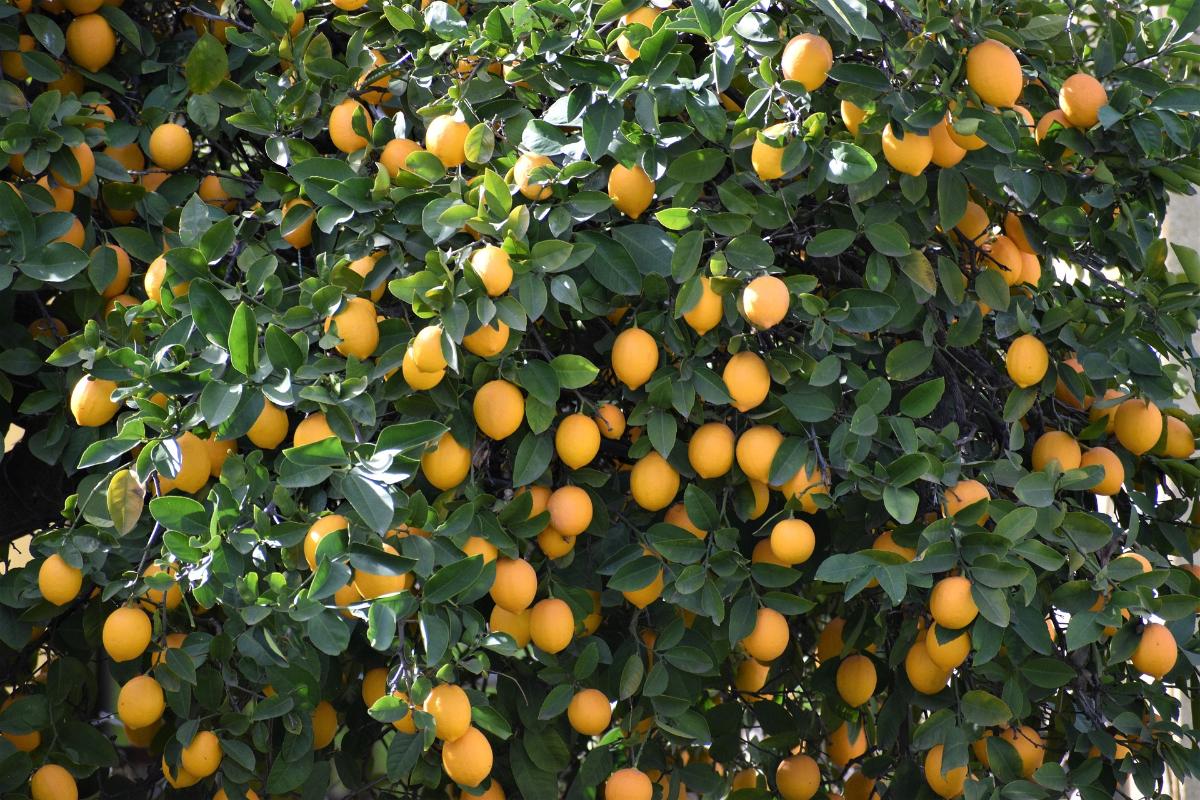
Indoor Citrus Tree Culture
| Growing methods: | 5-10 gallon pot, light potting mix |
| Light: | 8 hours full sun/12-16 hours grow light |
| Water: | Keep soil moist |
| Temp: | Coolish temps, 60-75 F |
| Humidity: | High humidity, 60-70% |
| Fertilizer: | Granular or liquid, 10-20-20 |
| Time to harvest: | Six months to a YEAR from the blossom |
Grow them in a 5 to 10-gallon pot with good drainage. Plant in a light, well-draining potting mix with some peat added for acidity.
Good Varieties for Indoor Growing
- Calamondin Orange & Trovita Orange
- Meyer Lemon & Ponderosa Lemon
- Bearss Lime
- Tangerine (includes Satsuma Oranges)
- Citron
- Kumquat
Keeping the Citrus Tree Alive In Winter
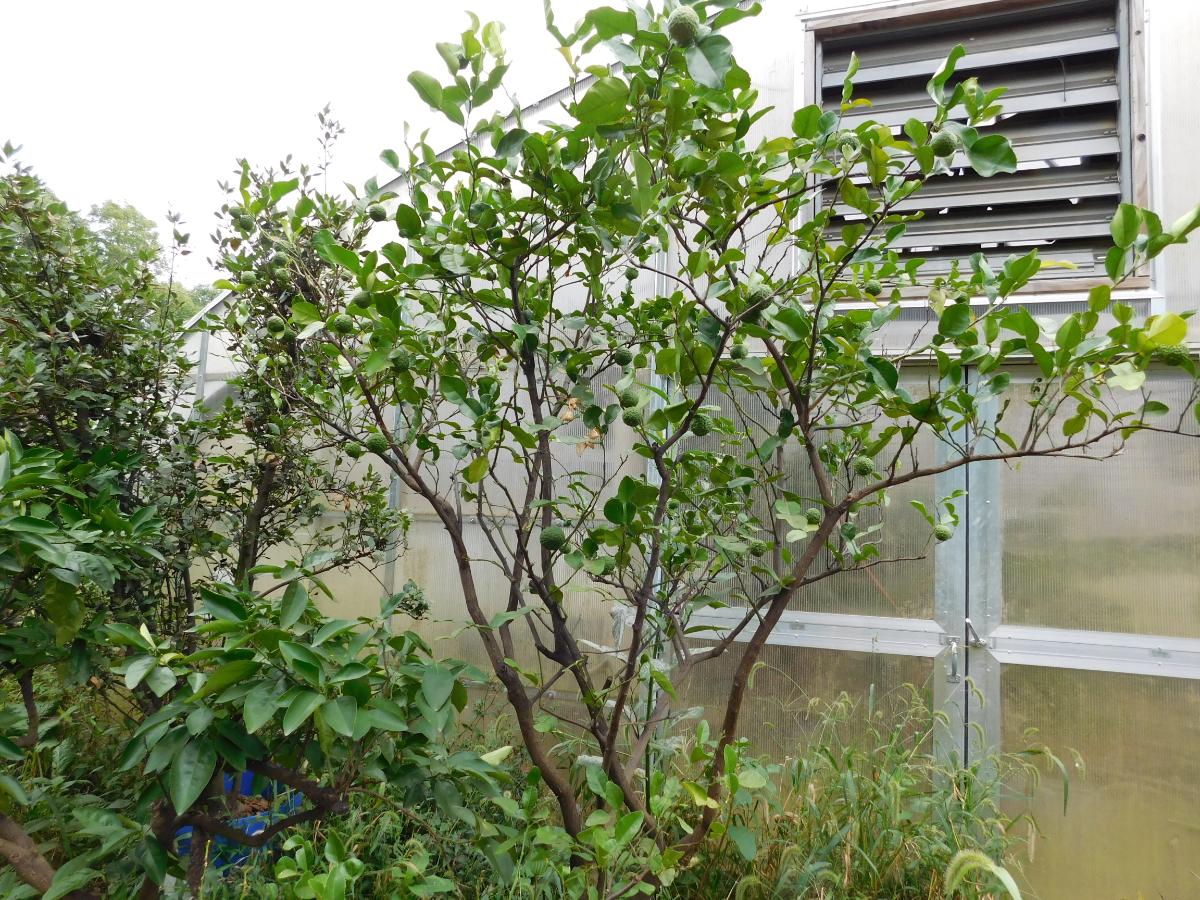
In winter, set the potted citrus tree next to a huge bright window, turning the tree a quarter-turn every week so all parts of the tree get direct light.
For even better results, supplement the natural light with a grow light on a timer, turning it on for a few hours in the early morning, then again in the evening, to make up for the shorter days of winter.
Put a large washable mat under your citrus trees because they will drop sticky sap on the floor.
Give the citrus tree a shower every month if you’re able to stick the pot in the tub, and check leaves and branches for insects and diseases while you’re washing it.
If the tree is being invaded by insects, wash it down with dish soap and water and a washcloth. Target the parts of the tree that have insects, washing the upper and lower parts of the leaves. If it’s scale, do your best to scrub the scale off, especially if it’s that awful hard-bodied variety. Blast it with the shower head to knock down any other insects. Then, spray insecticidal soap or neem oil on the leaves.
Let the tree drip dry for a few hours before returning it to its spot.
Leaf Drop Due to Low Humidity
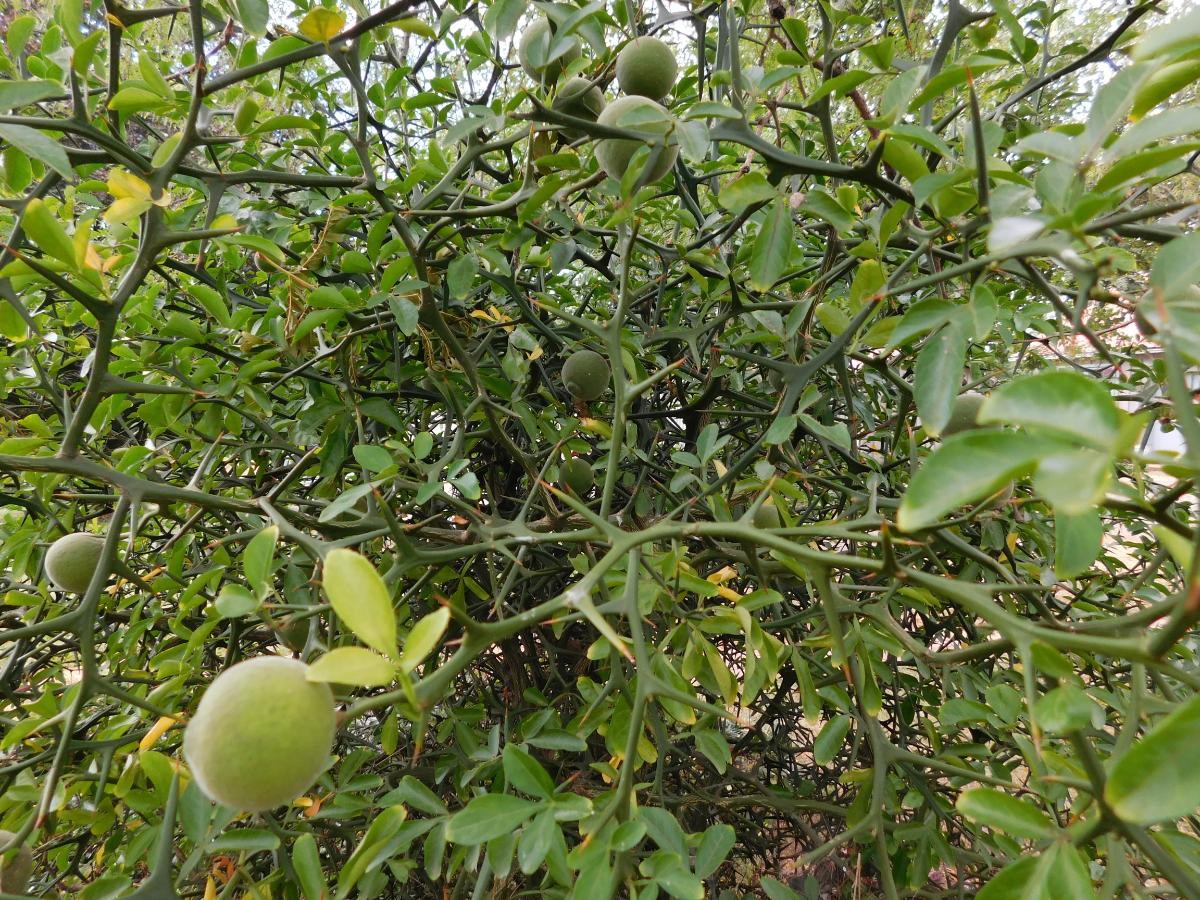
Run a humidifier nearby to keep humidity levels high. Most winter houses have humidity levels that can be around 20 percent – comparable to the driest parts of the Sahara Desert. In a warm house with low humidity, citrus trees lose a lot of moisture. When they lose too much moisture, a citrus tree might panic and drop loads of leaves over 4 or 5 days in order to keep from completely drying out.
Keep citrus trees away from heating vents. Place them next to a humidifier if necessary, though have a small fan nearby to keep the air circulating. Keep a hydrometer nearby to make sure the humidity stays at acceptable levels.
Use Grow Tents to Overwinter Citrus Trees
The problem with keeping humidity levels high in the house is that it’s not very good for the house itself. That’s where grow tents come in.
Some citrus aficionados have been keeping their trees in grow tents in winter. These include grow lights and a small fan for air circulation, which also allow the tree to grow in an area where the humidity stays high.
Grow tents are a way to give citrus trees the needed light and humidity levels in an area that, to be honest, is hostile to humidity-loving plants.
Grow Lights
Shine grow lights into your indoor citrus tree to supplement the natural light it gets during the day. Citrus trees outdoors can get 8 to 12 hours of direct sun daily. The light that comes in through a south-facing window isn’t anywhere near that intensity.
Grow the tree near a bright window, placing it on a stool or something to raise the plant into the light. On its other side, shine a full-spectrum grow light so the tree can photosynthesize. Give the tree a quarter-turn every week so all sides of the tree can have their time in the sun.
Fertilizing a Citrus Tree
Citrus is a greedy, greedy hog, so it’s hard to overfertilize these little trees – at least during the growing season. All the same, during winter, dial back fertilizer since it isn’t actively growing.
Fertilize your tree with something specifically made for citrus trees. If nothing obviously for citrus is available, choose one for acid-loving plants. Give this to the citrus tree at half-strength.
Pollinating an Indoor Citrus Tree
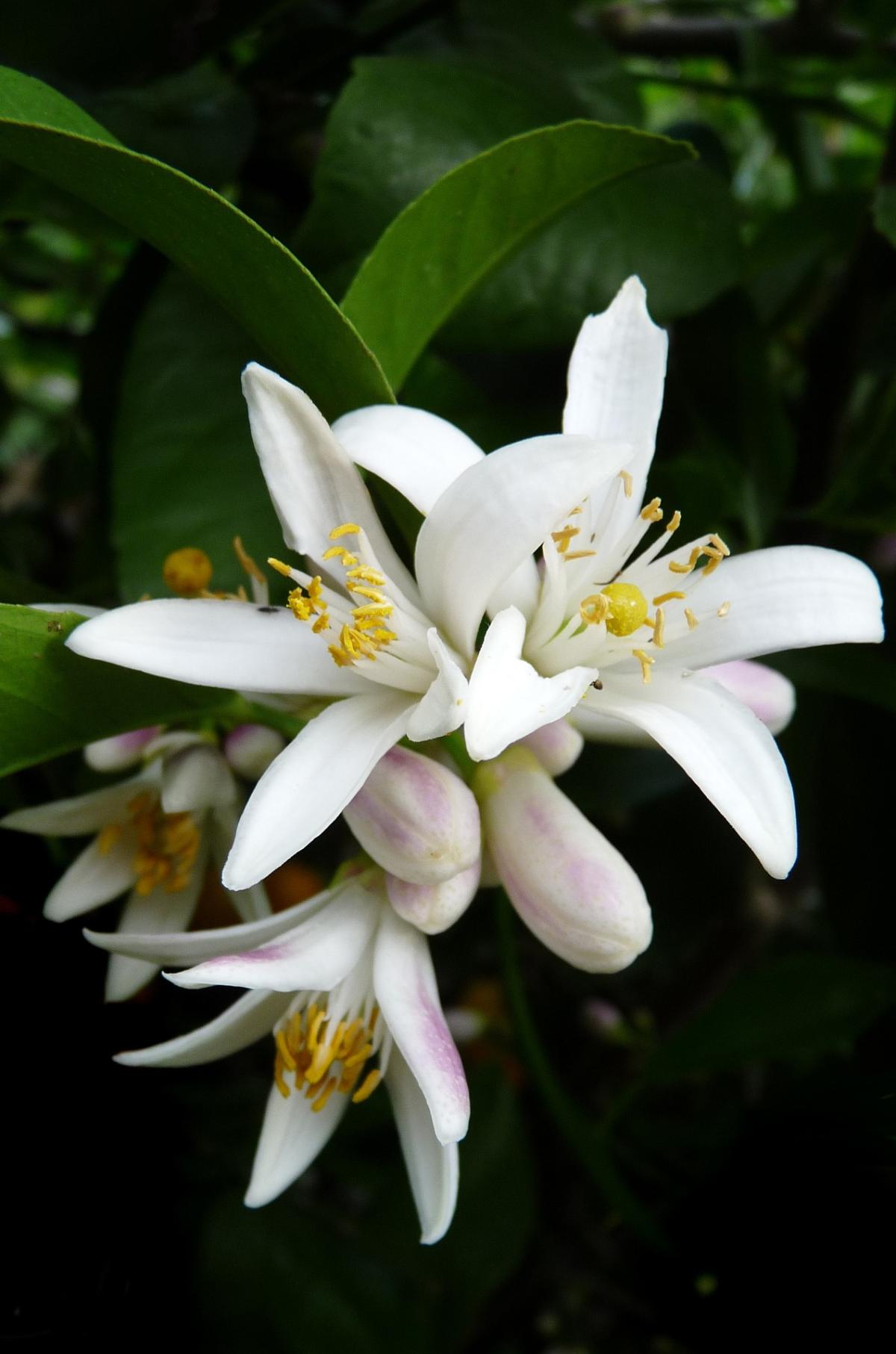
Meyer lemon trees are self-pollinating, for the most part, but they will need pollination assistance when they’re indoors.
Pollination Step by Step
- Occasionally, shake the tree and turn a small fan on the citrus tree to circulate the air to encourage self-pollination.
- Get a small paintbrush or Q-tip and play the part of a bee. Go from one open flower to another on the tree, dusting pollen on each blossom. If the flowers are ready to be pollinated, the stigma will be sticky and catch the pollen you’re spreading.
- Repeat every three days to increase your chances of success.
Harvesting
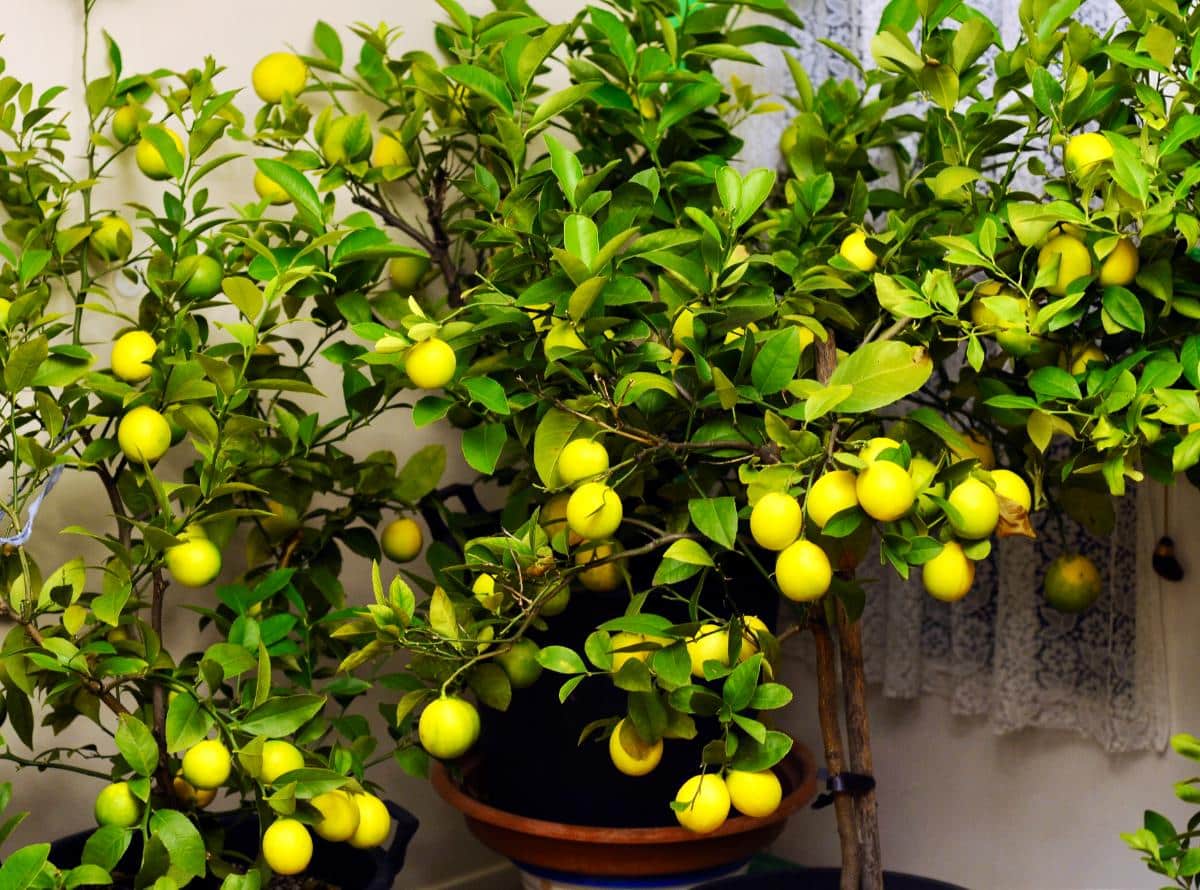
Lemons take a long time to grow to harvest! You must wait for the fruit to completely ripen before picking it – which can take from six months to a year for indoor trees. Growing the tree outdoors after the last frost will ripen the citrus fruits more quickly. They will be ripe when they’re slightly soft to the touch and bright-colored.
Put Potted Citrus Trees Outdoors in Summer

In summer, move the tree outside, if possible. Start it out in the shade, gradually moving it into the sun to acclimate it to the light.
If summer is hot, double-pot it to keep the soil from getting too hot. A double-pot means putting the smaller pot inside a larger pot and then putting some kind of insulating material between the pots. This will help keep the roots cool and keep the trees from dropping their blossoms.
While your potted tree is outdoors, give it a thick mulch of lawn clippings (organic) in summer on top of the soil. The mulch will insulate the soil and roots against the sun, hold in water, keep it from evaporating, and keep topping off the mulch. The lemon tree will need to be watered more often while outside.
In the fall, before you bring the tree back indoors, spray it off with the garden hose and check for insect pests such as mealybugs, scale insects, and aphids, and treat them by blasting them with the garden hose, spraying them with soapy water or neem oil, and squishing any pests with your fingers. Clean up the tree by trimming dead branches and leaves, which also helps you find insect pests.
Keep after the pests after you bring the tree indoors because that’s when a lot of them pop up.
Common Pests and Diseases of Citrus Trees
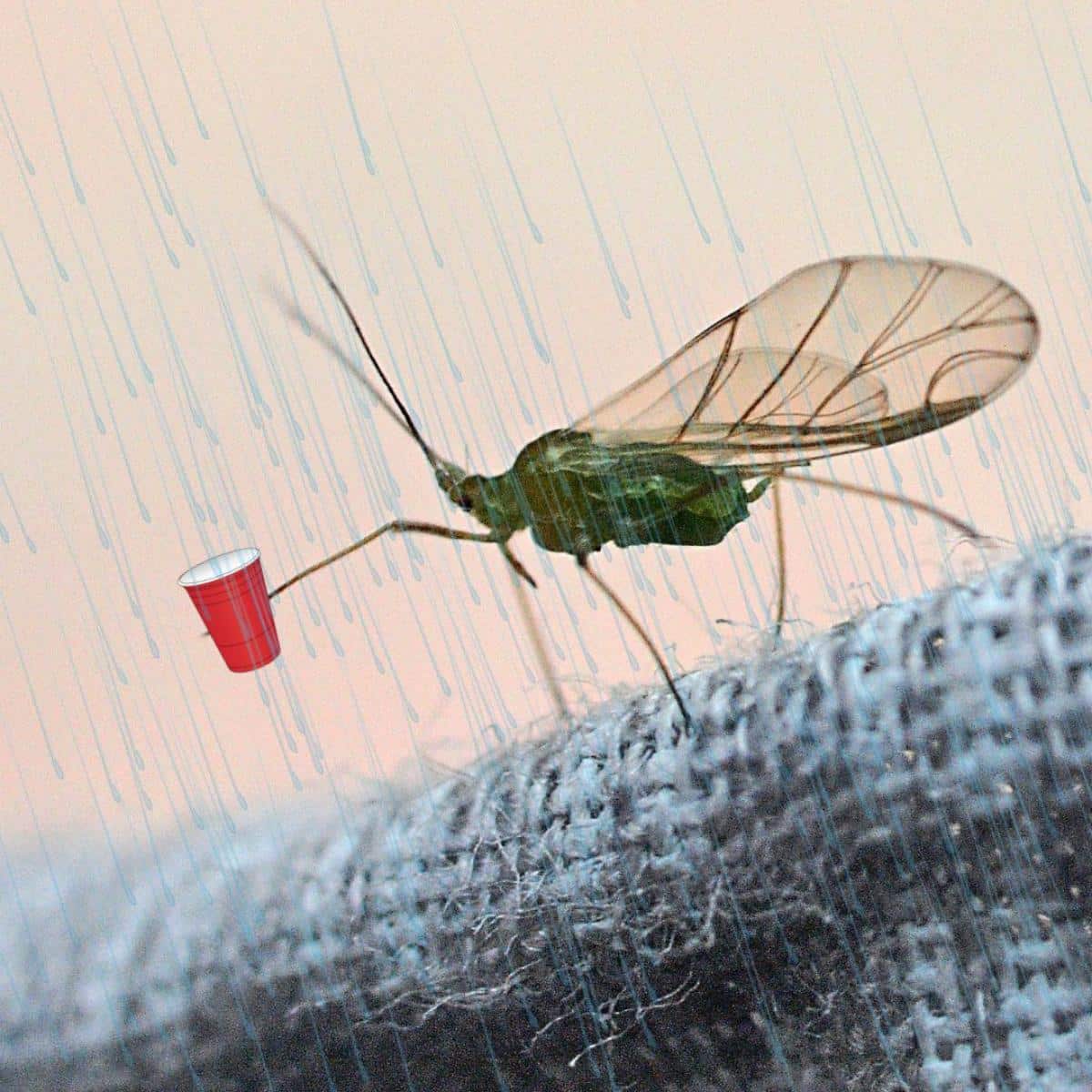
Before we talk about the different pests that target citrus trees, let’s discuss several control methods that always work.
- Insect pests can build up a tolerance for various poisons, but do you know what they can never build a tolerance to? Being squished. If you have insect pests, squish them with your fingers. Rub aphids and spider mites off the leaves. Wash your hands well before working with other plants so you don’t spread pests.
- Rubbing alcohol. A Q-tip dipped in rubbing alcohol will kill the insects it touches. This is a great way to kill off all those mealybugs and scale insects that are tucked deep into every nook and cranny of your citrus tree. Some even spray pests with a slightly diluted solution of rubbing alcohol. Test this spray on a hidden corner of the tree to be sure it doesn’t turn the leaves black and crinkled.
- Shower or wash your tree off when you see pests. A strong blast of water will knock off pests.
Though these methods won’t kill every pest on the tree, they will help bring down insect numbers when used repeatedly, along with the more pest-specific control methods below.
Spider Mites
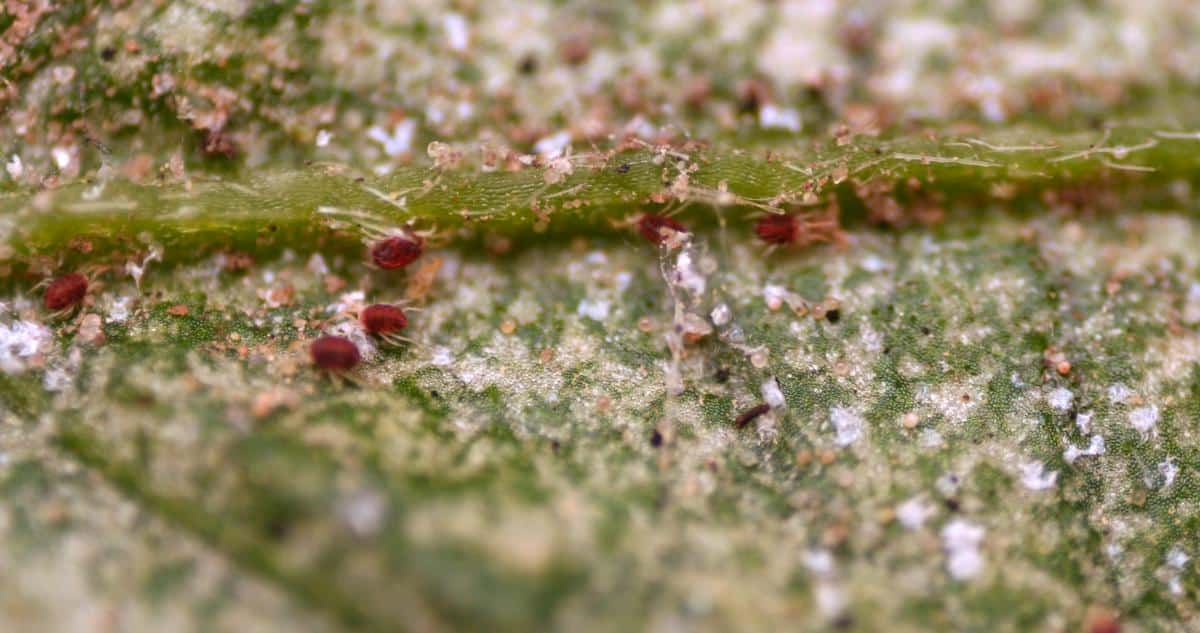
Spider mites are hard to see, but they show up as very fine grit, like large dust, on the bottoms of leaves, and there will be small webs woven along the ribs of the leaf.
Drag the tree to the shower, spray the heck out of it, and rub off what webs you can. Put a humidifier nearby. Spider mites hate humidity – but citrus trees love it.
Keep cleaning leaves and sliding your fingers over them to rub off the mites.
Scale Insects
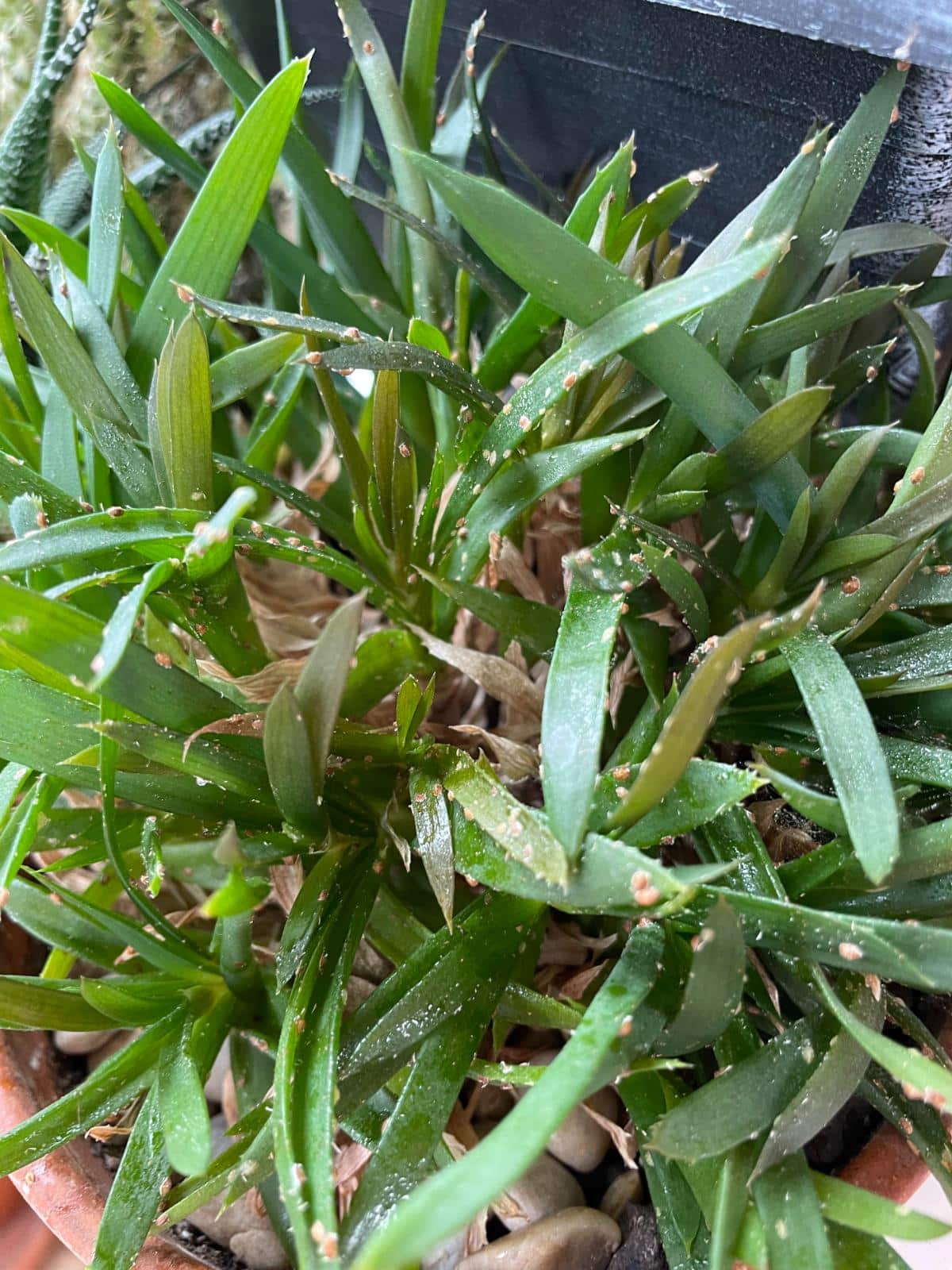
I absolutely hate scale insects. They’re so good at lurking in plant crevices that you can’t seem to ever get rid of them.
If the weather is above 50 degrees, take the citrus tree outside and spray horticultural oil on it. This lightweight oil suffocates the scale insects. You can spray neem oil in the house but keep the horticultural oil outside.
Spray the potted citrus tree weekly with neem oil, pyrethrin, or insecticidal soap to target the tiny crawlers (i.e., the baby scale insects).
Aphids
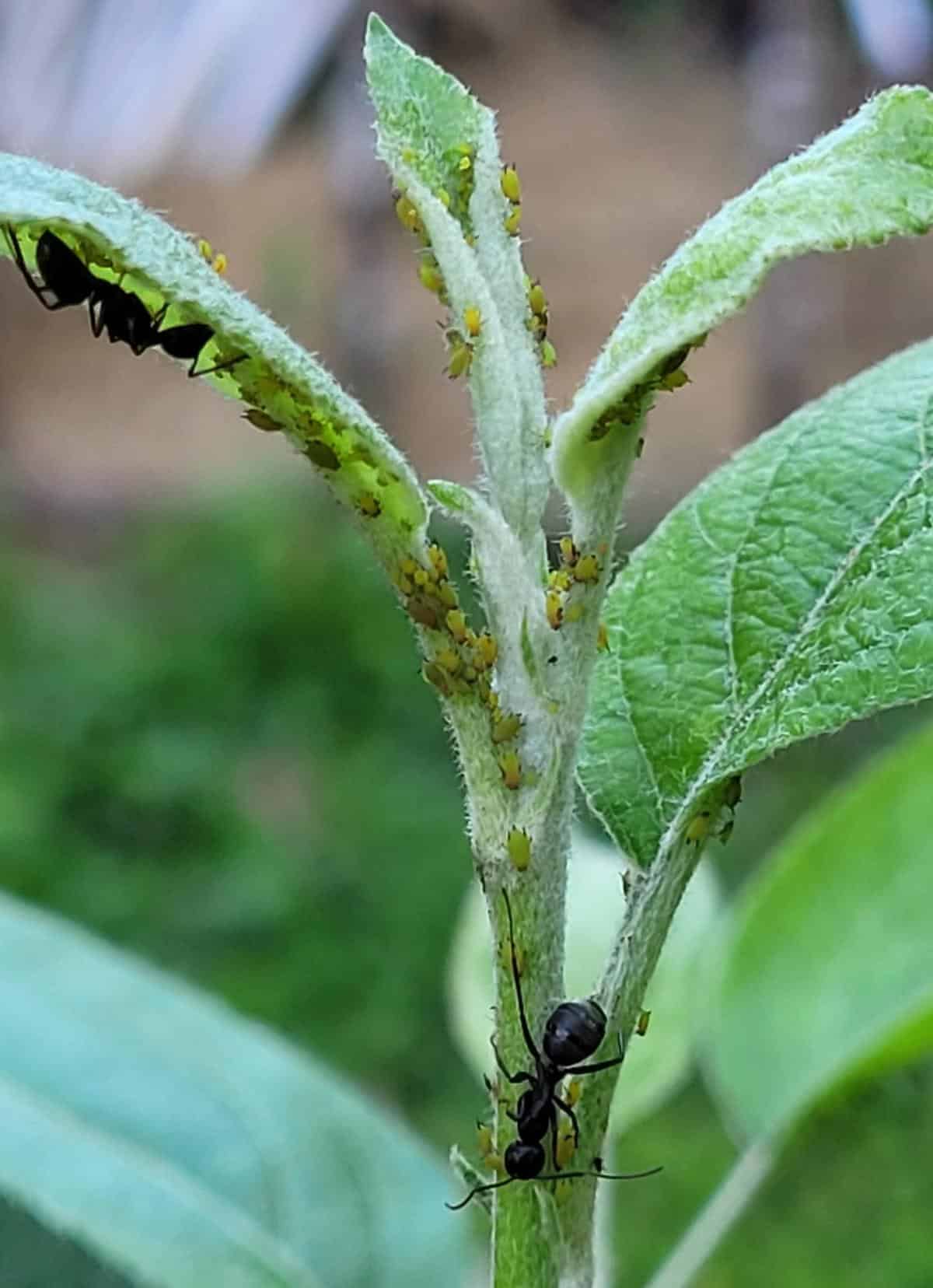
Aphids, sometimes called plant lice or greenflies, are tiny sap-sucking insects that appear on soft stems and new foliage. Generally, they are green, but sometimes you’ll find black or wooly white aphids taking over your citrus trees indoors.
Aphids reproduce by laying eggs AND through giving live birth, AND they don’t need to sexually reproduce because females can create baby aphids on their own! Great news, right? or not.
They can be blasted off the tree by the shower nozzle, rubbed off, or sprayed with insecticidal soap. If ants are protecting the aphids, find out where their nest is and destroy it, or block their access to your tree.
Mealybugs
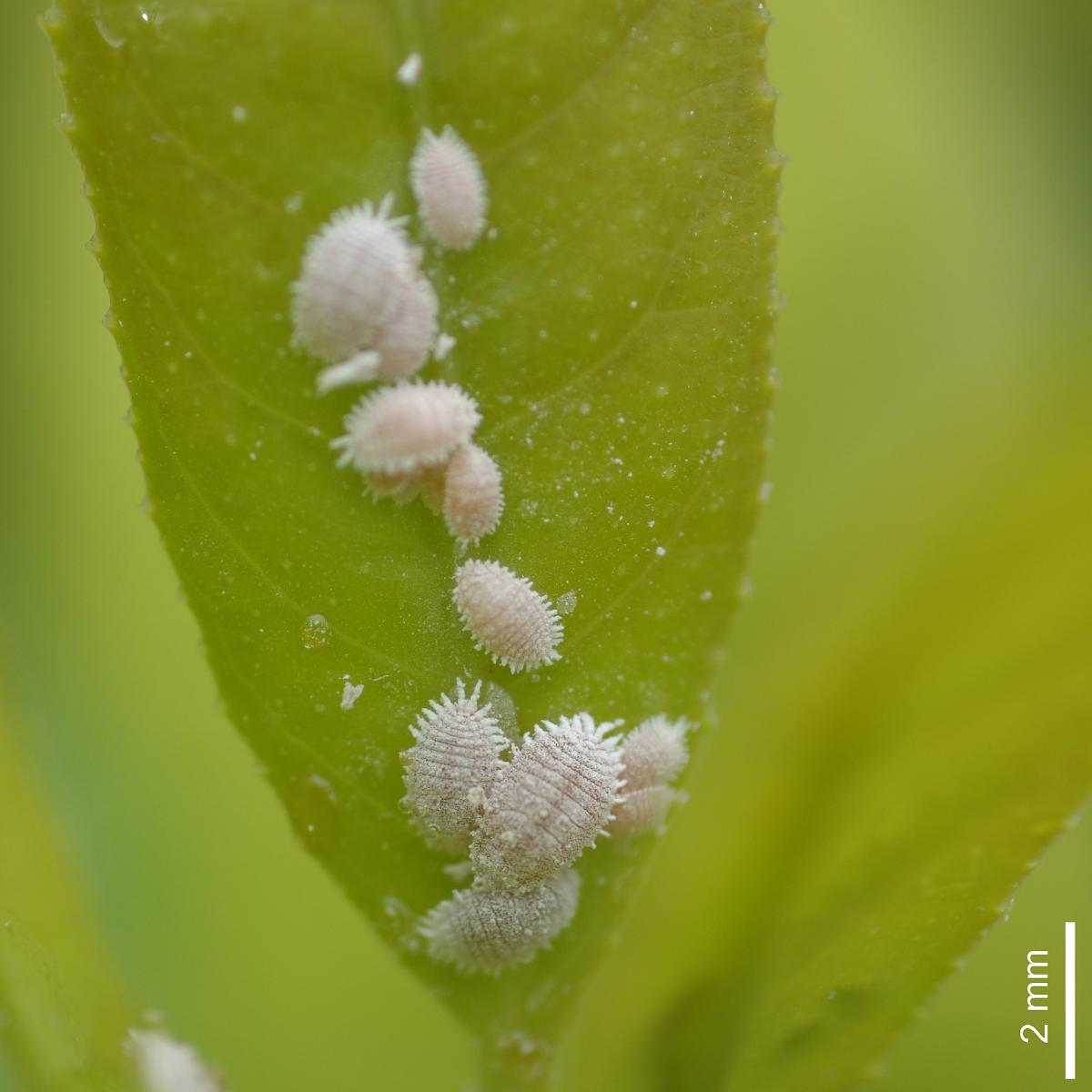
Mealybugs are generally wingless, whitish, oval bugs about 3 millimeters long and look like tiny bits of waxy fluff. Some have long white “tails”. Newly hatched mealybugs, called nymphs, are flat, oval, and yellow or clear. Once females mature, they stick themselves to the plant, cover themselves with a powdery wax layer that repels water (and insecticides), and suck plant juices.
Use several points of attack to get rid of infestations. Isolate the afflicted trees. Spray neem oil on the places where the mealybugs are congregating. You can also spray them with insecticidal soap or pyrethrin.
Also, dip a cotton swab into rubbing alcohol and touch it to each mealybug you see. The rubbing alcohol will eat through the waxy coating that protects the insect, drying it out and killing it.
Check the bottoms of the leaves and stems for mealybugs and their nymphs, and squish them wherever you see them. Use a toothpick to squish any mealybugs that have packed themselves into the crevices of your leaves and any other tight places where your fingers can’t reach.
Growing Citrus Trees from Seed
Growing lemon trees from lemon seeds might not give you viable fruiting trees or even fruit, as lemon trees don’t grow true from seed – that is, the tree that grows from the lemon seed will be genetically different than the parent tree. You might get good lemons, or you might get weird little lemons, or you might not get a fruiting tree – or you might get a grapefruit, of all things!
Growing a citrus tree from a seed is like playing the gardening lottery: Maybe you’ll get a winning ticket in the form of good fruit, or maybe you won’t – but whatever happens, you always win this lottery with a pretty plant.

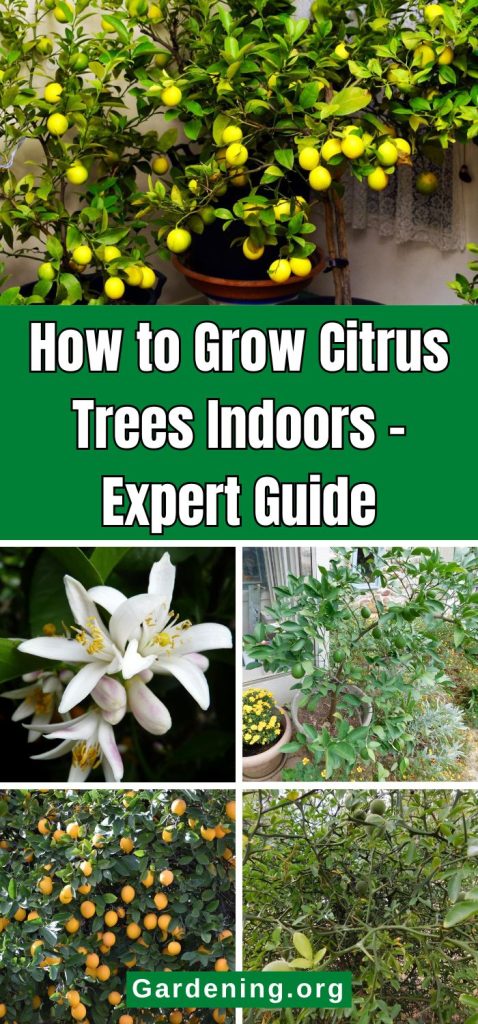
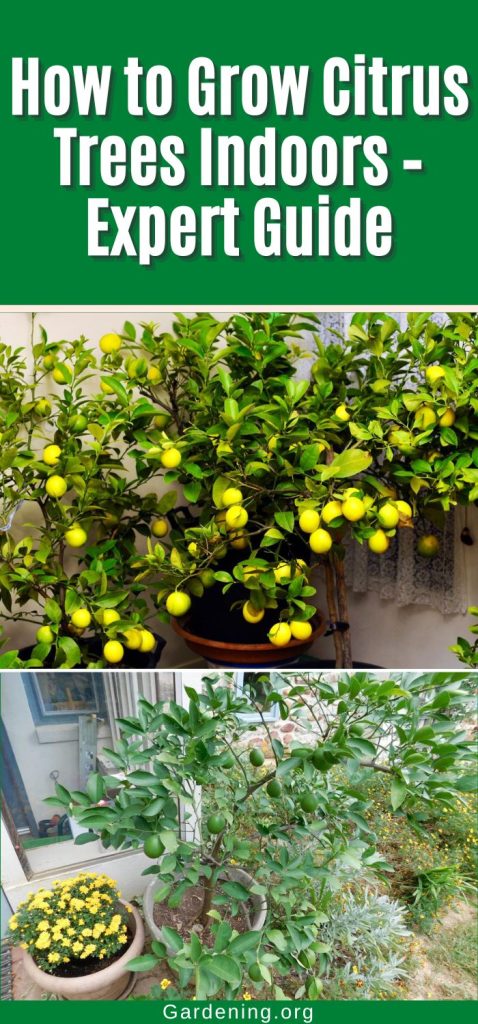

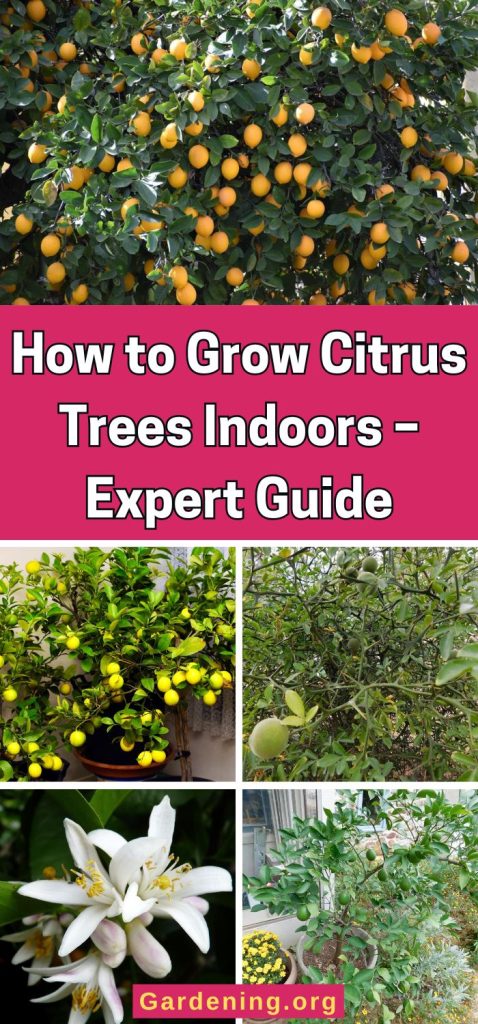
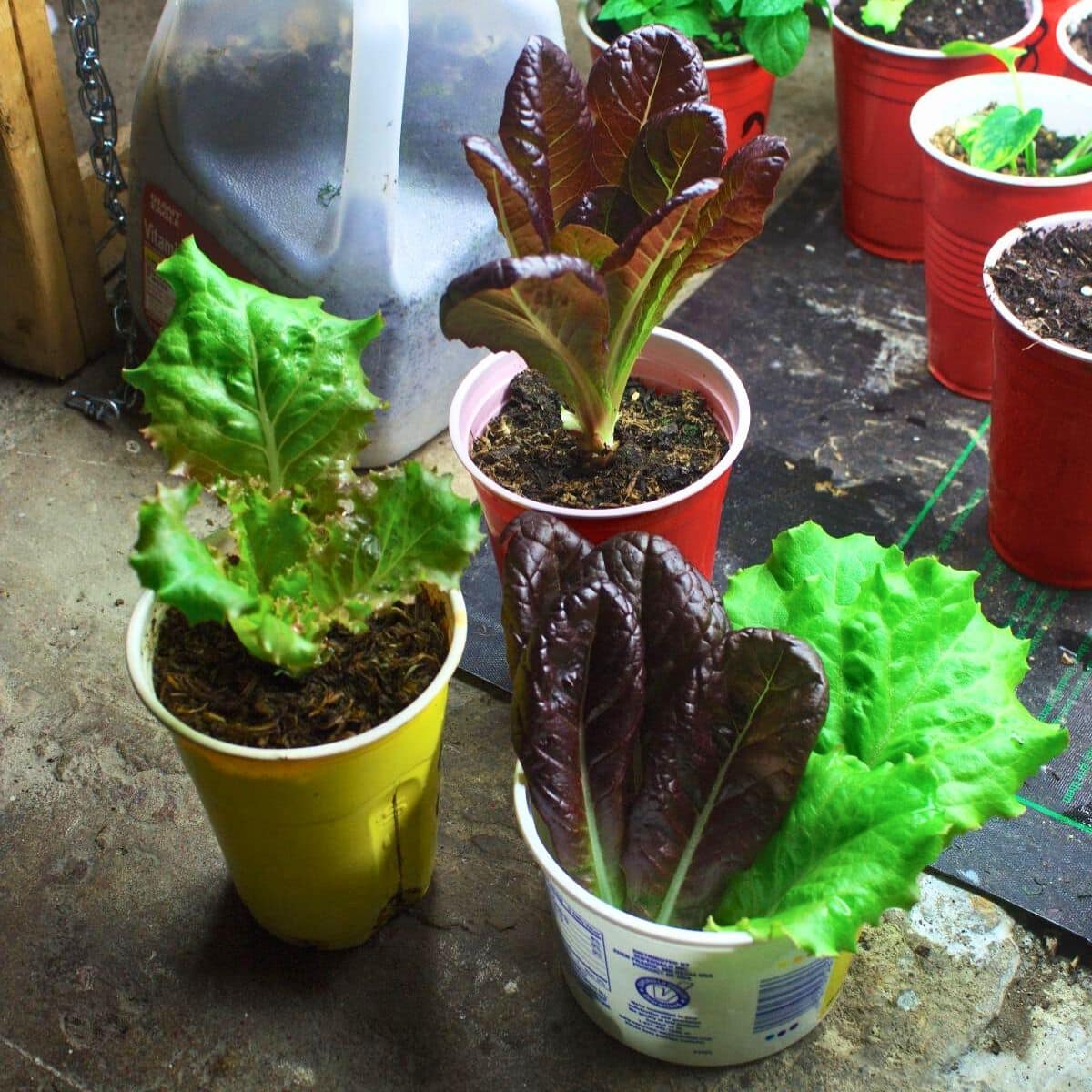
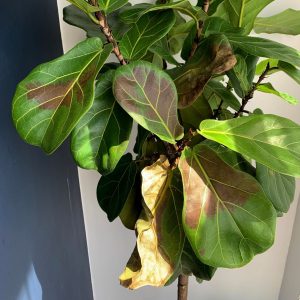
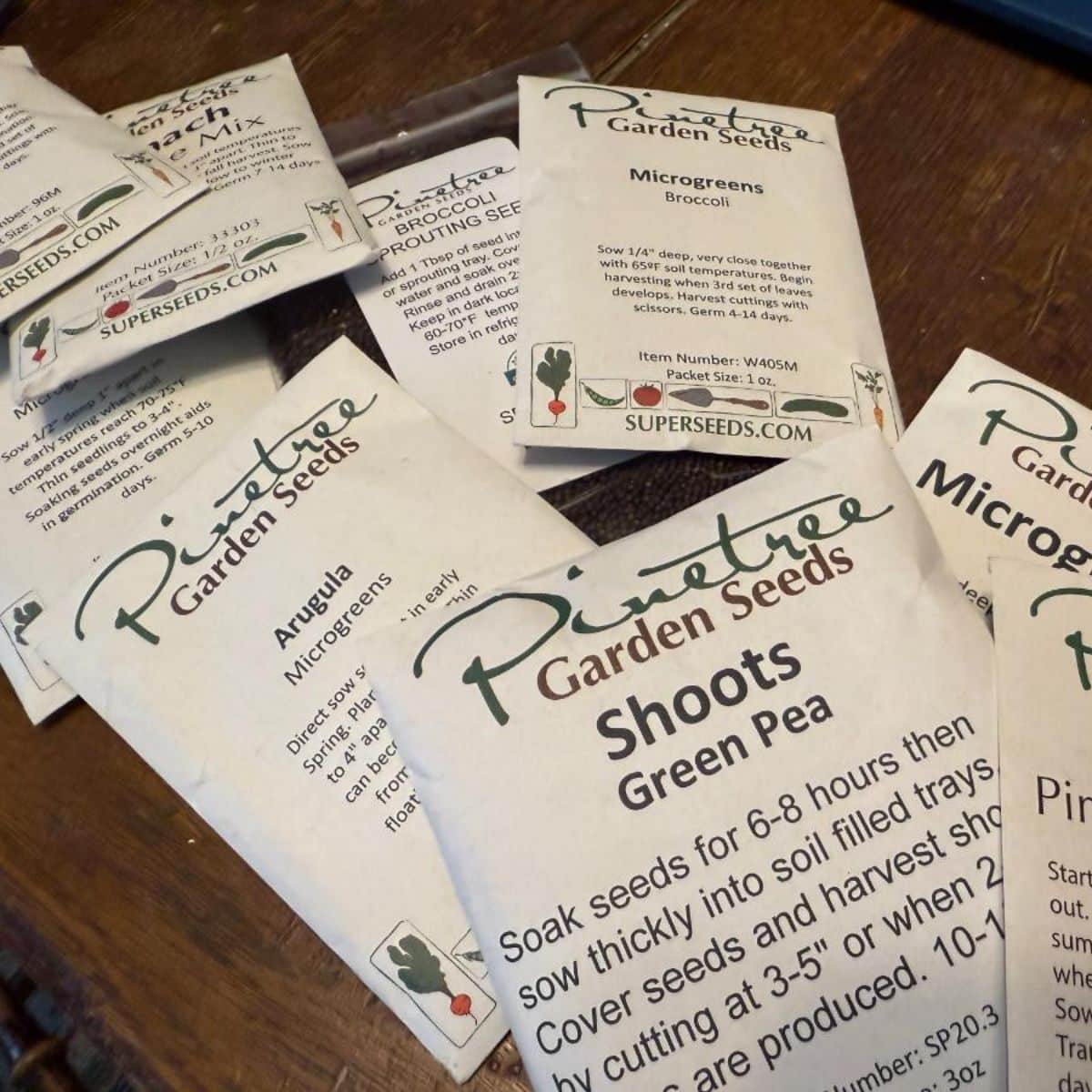

Leave a Reply